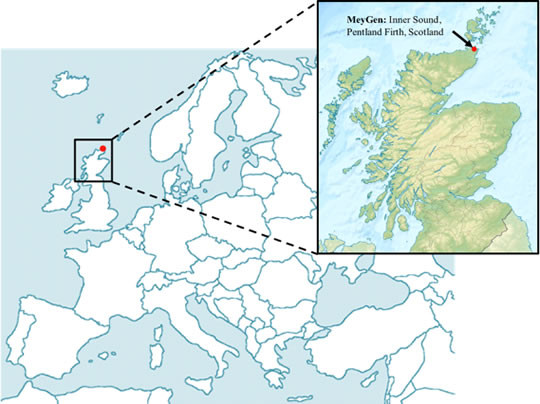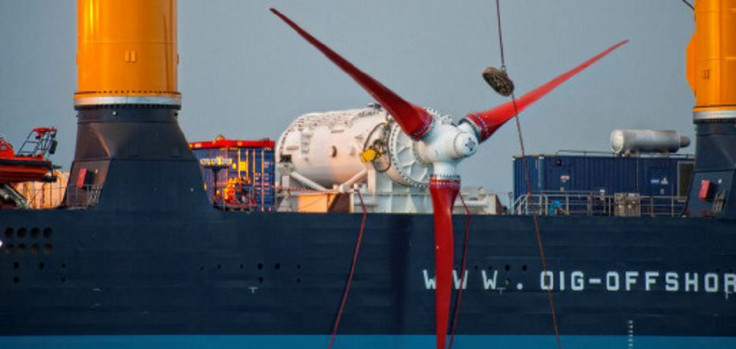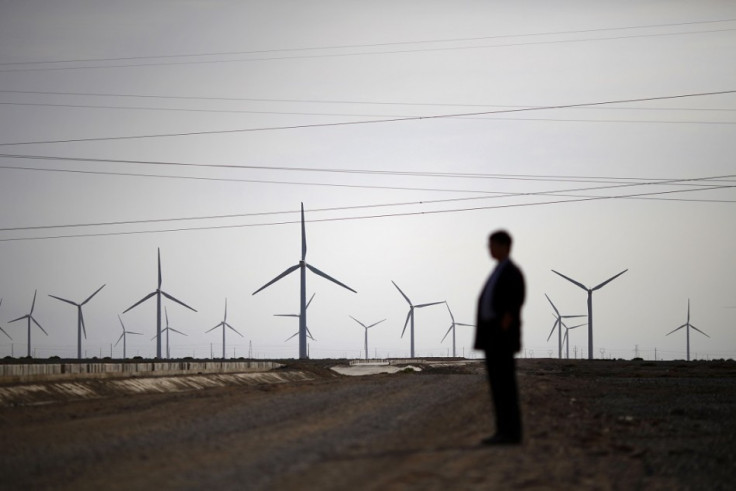Underwater 'cut down versions of wind turbines' to power Scotland in future

Underwater turbines are being constructed in a stretch of water on the north easterly tip of Scotland that are expected to power 400,000 homes in the future.
Renewable energy company MeyGen's tidal power project, in the Pentland Firth, was first announced almost a decade ago.
However, CEO Dan Pearson has now said they expect construction to be completed by 2016.
"The turbines will be lined up 160m apart and weighed down to the seabed with scrap metal," Pearson told CNN. "They will be about eight metres from the water surface so enough space for the crafts that use the waterway. The demonstration array at the moment is 6MW or four turbines. Hopefully this will be the catalyst for further investment. We are looking to complete construction of that in 2016."

Electrical controls for the turbines will be kept on land, he explained: "These are really cut down versions of wind turbines, such that most of the electrical equipment is onshore so that if something goes wrong, we can get a Land Rover and drive to the substation rather than having to get a boat and pick them up. That's one of the core advantages of this technology."
MeyGen secured the agreement from the Crown Estate for the channel between the island of Stroma and the mainland in 2010. The turbines are built by Atlantis Resources, which also has projects in Nova Scotia in Canada.
The water in the 3.5km channel is fast flowing, so can be used to generate energy: "It is our overall goal to deliver a fully operational, 398MW renewable energy plant powered purely by the tide, generating the equivalent electricity to power 40,000 Scottish homes by the early 2020s," the company said.
The project is the first in the country and if successful could lead to more tidal farms being set up around the coast.

Water is denser than air so the underwater turbines could produce the same amount of energy as wind turbines – but would be hidden from view, dissipating concerns from some people that wind farms are unsightly.
They can also be placed closer together so take up less space, and they are not reliant on the weather. Rather, they are very reliable on account of the regularity of tidal changes: "We can forecast over the next 100 years pretty accurately -- we know when the power's coming," Pearson told the website.
He also said there are very few concerns about the impact on wildlife. The turbines move slower than those on land, so experts believe animals would either ignore the blades or move out of their way with ease.

"There has been a lot of work done in other parts of the world on how seals and whales interact with these turbines and they do actually get a bit curious. But these rotations of the blades are quite slow in comparison with wind turbines and the theory is that they can just get out of the way."
In comparison, land turbines are sometimes criticised for their impact on wildlife – thousands of bats are killed every year after they mistake the turbines for trees.
If successful, Scotland waterways could produce twice as much energy as an average nuclear power plant, Pearson said: "The UK has a good chance to develop and manufacture these turbines for world consumption."
© Copyright IBTimes 2025. All rights reserved.






















